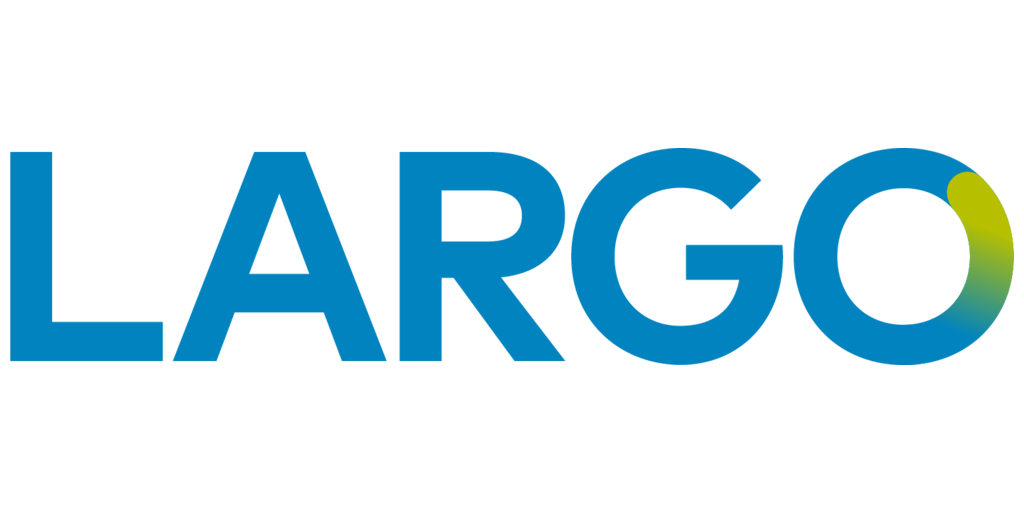Power Nickel Inc. [TSXV-PNPN; OTCBB-PNPNF; FSE-IVV] provided details on the exploration program on its Nisk property in Nemaska, Quebec. While the 2024 summer drill program at the Lion zone continues to successfully intersect polymetallic mineralization, the company has begun an extensive property-scale exploration program, which will include downhole and ground-based geophysical surveys.
These exploration efforts are anticipated to provide a robust framework for identifying new prospective subsurface target areas and are aiming at defining a possible continuity over the 5.5-km strike length separating Nisk Main and the Lion zone.
“With the addition of the $20 million of exploration capital and Dr. Steve Beresford to our board and technical team, we have significantly enhanced our ability to follow up our exploration success at Nisk. Our revamped exploration program is discussed below and in detail at our recent webinar on the topic. We are most encouraged with this summer’s progress and believe our strategic approach will maximize the speed and size of our exploration discoveries,” commented CEO Terry Lynch.
To the west, the Nisk Main zone extends over 650 metres and to a depth of 500 metres below surface. The 2023 mineral resource estimate, dated November 29, 2023, presents a combined in-pit and underground indicated resource of 5.43 million tonnes grading 1.05% nickel equivalent and 1.79 million tonnes at 1.35% NiEq of underground inferred resource. Nisk Main remains open at depth along what has been identified as high-grade mineralization shoots.
To the northeast, the Lion zone is currently followed on approximately 300 metres to a depth of 350 metres. The Lion zone is a polymetallic sulphide-rich zone presenting a high-grade content in PGM (platinum group metals), gold and silver, as well as in copper and nickel.
Moving forward, the exploration strategy will include: Downhole EM (electromagnetic) surveys from specially designed platform holes, with the aim of identifying favourable areas for high-grade sulphide mineralization within the target plane itself; ground-based geophysics, which includes both ground gravity and EM surveys on a tight grid, providing yet another layer of information order to better understand the subsurface architecture; and integration of these new data sets that will allow updating of the current lithostructural component of the 3-D model with enhanced gravity data; the 3-D model can then be used to filter out false-positive targets interpreted from the geophysical surveys.
A second drill has been deployed at the eastern margin of Nisk Main, and the first platform hole, PN-24P-001, is collared with the barren paragneiss. From there, the hole will be drilled to approximately 1,000 metres depth. For the most part, the hole is drilled behind already-known mineralization, for calibration purposes, but will cover approximately 400 vertical metres of untested ground below the Nisk Main zone. At least two more holes, following a 300-metre step-out, are also planned as part of this initial test. The one km strike length covered is anticipated to provide valuable insights about the offset of the Main zone toward the ANT 2 target area.
With the combination of traditional high-resolution airborne geophysics and the Fleet Space ANT gravity surveys, it was recognized that more precise ground-based surveys were required to further refine the company’s targeting strategy. From Dr. Beresford’s experience, not only are such surveys essential, processing the data is also a critical component of the work.
Fieldwork is continuing at the Lion zone to cover an EM ground-based survey; and the ground-based gravity survey covering the most part of the property is also continuing.
As new information is being gathered, geochemistry of both mineralized zones is also being investigated. Defining the relation between the Nisk Main zone mineralogy with the more copper/PGE/silver/gold-rich mineralogy observed at Lion zone is another component that could lead to defining a mineralogical vector, at the property scale; such vector could later help to locate itself with respect to the mineralized zones, providing better targeting for new discoveries.
Power Nickel is developing the high-grade Nisk project into Canada’s first carbon-neutral nickel mine. The Nisk property comprises a significant land position (20 km of strike length) with numerous high-grade intercepts. Power Nickel is focused on expanding the historical high-grade nickel/copper/PGE mineralization with a series of drill programs designed to test the initial Nisk discovery zone and to explore the land package for adjacent potential nickel deposits.
In addition to the Nisk project, Power Nickel owns significant land packages in British Colombia and Chile. The company is in the process of reorganizing these assets in a related vehicle through a plan of arrangement that will be presented to Power Nickel shareholders for their approval.



